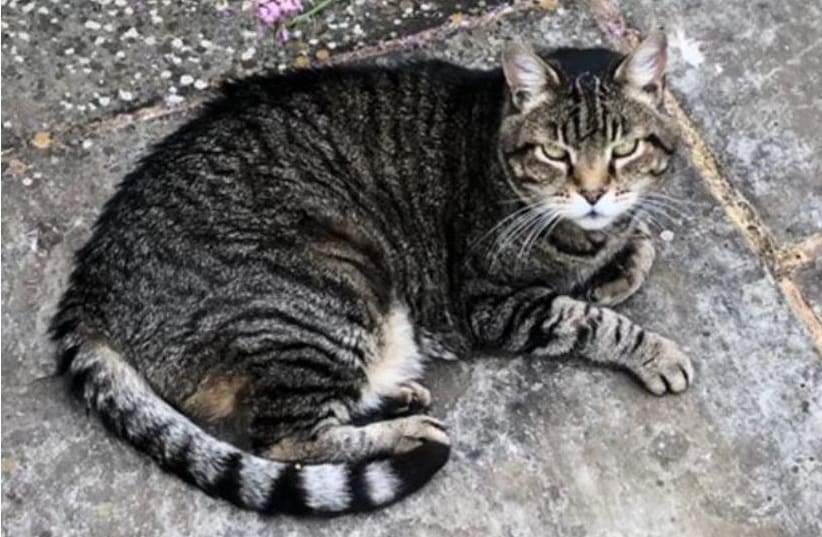Cats catch mice, but cat hair could be the purr-fect way to catch criminals, according to researchers in the UK. They have shown that a single cat hair contains DNA that could link a suspect and a crime scene or a victim.
About a quarter of British families own a cat – and with the average feline shedding thousands of hairs annually, it’s inevitable that their owners will bear evidence of the furry pet who shares their homes. This is potentially useful in the forensic investigation of criminal activity.
Ever since the British first brought cats here during the Mandate in the first half of the 20th century to cope with the rat problem, these felines have become a frequent sight on Israeli streets, especially in Jerusalem. But judging by the amount of cat food and treats sold in supermarkets and pet shops, there are many of them in homes.
Israeli animal-protection groups estimate that there are around two million cats in this country – many of them pets and many strays. One estimate is that they could increase to around eight million in just a few years, making the feline population as big as the human population.
While a criminal may try not to leave his own DNA behind, transferred cat hair contains its own DNA that could provide a link between a suspect and a crime scene, or a victim. The study was just published by University of Leicester doctoral student Emily Patterson in the journal Forensic Science under the title “Defining cat mitogenome variation and accounting for nuclear mitochondrial DNA segments via multiplex amplification and nanopore sequencing.” She and her colleagues described a sensitive method that can extract maximum DNA information from just one cat hair. “Hair shed by your cat lacks the hair root, so it contains very little useable DNA. In practice we can analyze only mitochondrial DNA, which is passed from mothers to their offspring and is shared among maternally related cats.” This means that hair DNA cannot individually identify a cat, making it essential to maximize information in a forensic test.
However, the team developed a multiplex and sequencing approach that, when applied to cat hair in which nuclear DNA is scarce, could provide a reliable and very exact source of forensic genetic evidence from a single hair.
Dr. Jon Wetton of the university’s genetics and genome biology department, who co-led the study, explained that “in a previous murder case, we applied the earlier technique but were fortunate that the suspect’s cat had an uncommon mitochondrial variant, as most cat lineages couldn’t be distinguished from each other. But with our new approach, virtually every cat has a rare DNA type, so the test will almost certainly be informative if hairs are found.”
The team tested the method in a lost cat case, where DNA from skeletal remains of a missing female cat could be matched with DNA from hair from her surviving male offspring.
Prof. Mark Jobling, who also took part in the research, said that “in criminal cases in which there is no human DNA available to test, pet hair is a valuable source of linking evidence, and our method makes it much more powerful. The same approach could also be applied to other species – in particular, dogs.”

